Forest Green
ACCESS: Above Top Secret
- Joined
- 11 June 2019
- Messages
- 9,601
- Reaction score
- 17,724
...because GCAP will not have them.
There was an offer to Japan for their own unique model which was to be a combination of the ADV, IDS, and German naval attack version all in one package and would likely use Japanese weapons.Interesting to speculate what Tornado or Typhoon might have looked like with Japan as well or instead of Germany? Alt history anyone?
There was an offer to Japan for their own unique model which was to be a combination of the ADV, IDS, and German naval attack version all in one package and would likely use Japanese weapons.
Probaly they use XF-9 as basis for the engineback to GCAP, i am still surprised that Japan has an engine role.. would have figure it would go to the UK.
And instead they built F-2s?There was an offer to Japan for their own unique model which was to be a combination of the ADV, IDS, and German naval attack version all in one package and would likely use Japanese weapons.
It was based* off the Agile Falcon variant, which the US was proposing to move production to in the 90s for expected further European orderson that note, Id rather see the F-2 being based on the F-16XL rather than just being a larger F-16.
Not trying to contradict you, but funnily enough, the Rafale is lighter than the EF, while being only 5% shorter, with other parameters (MTOW, range) pretty much identical.My understanding was that a large part of the cause of the EF/Rafale split was because France absolutely required carrier compatibility and nobody else was willing to either pay for that or accept the limitations that carrier compatibility would cause (smaller airframe, heavier empty weight, overbuilt landing gear).
Or maybe Sweden is spending billions currently acquiring Gripen E and so have no money to spend on a future fighter that wouldn't replace these aircraft until 2050-2060?Suspect the requirements for UK, Japan and Italy were driving a very different aircraft, particularly in size, than Sweden would require...
Maybe the Goal ist to achieve a mixed fleet. Right now faster to invest into advanced 4. Gen Fighter and later it can buy heavier Stealth Fighter.Sweeden would be making a BIG mistake concentrating on Gripen E for their main fighter red admiral, it would not last long in a future war with a potential enemy armed with sixth generation fighters post 2030 or even 2050.
Yet that is exactly what they are doingSweeden would be making a BIG mistake concentrating on Gripen E for their main fighter red admiral, it would not last long in a future war with a potential enemy armed with sixth generation fighters post 2030 or even 2050.
I wonder if the Swedes would be interested in joining FCAS/SCAF.
The French & Dassault in particular would have a lot to gain from another partner to balance Airbus’ demands, especially given Saab’s know-how and successful involvement in Neuron. The Swedes could even stay out of NGF if they wanted to and focus their participation on specific pillars such as Combat Cloud and Loyal Wingman… which conveniently for the French are the 2 German-led pillars (!).
Europeans did go with MLU instead, which was not bad at all as History provesIt was based* off the Agile Falcon variant, which the US was proposing to move production to in the 90s for expected further European orders
*Initially based around this then Japan basically redesigned almost everything about it in their effort to make it as indigenous as possible
Probably that Sweden want a 5th gen first. They don´t have any F-35. They don´t seem to be interested to get some. Hence that would be the first step to go.
Well I wish Sweden all the best. But I would think that they will have a further look at the situation and rejoin GCAP as soon as possible because building a sixth generation fighter will not be easy on their own, look at the case between the UK and Japan both had separate 6th Gen programs but because of the expense decided to join forces.
wow that would have been cool if they could have combined all the roles into one platform..
and i wonder if it would be something the original tornado operators would have tried to buy for themselves.
back to GCAP, i am still surprised that Japan has an engine role.. would have figure it would go to the UK.
AWST reportrd that XF-9 and XG240 are the basis of GCQP engine demonstrator. Also the level of technology Japan has demonstarated with XF-9 is surely very imprsssive even compared to western bleeding edge. I don't see the reason why they wouldn't be part of the propulsion design.Probaly they use XF-9 as basis for the engine
No, instead they tried to build FS-X on their own, but US was mad about it and made them develop a F-16 derivative fighter.And instead they built F-2s?
F-16XL was offered by GD during FS-X competition alongside MD "Super Hornet" and a whole lot of other interesting derivative fighter designs.on that note, Id rather see the F-2 being based on the F-16XL rather than just being a larger F-16.
Well the taxonomy of generations are arbitrary anyways. It also constantly changed to suit new technological advances, so if we are to define "6th gen" we would probably first need to revamp the whole taxonomy itself.What is the difference between 5th gen and 6th gen? In case of a software and LRU upgrade it has sense to develop an 5th gen aircraft.
Everything.What is the key cost driver on the 6th gen so that UK and Japan has to work together?

Very much this.Sweden now confirmed as out completely.
Gareth references 'Tempest' but Sweden were never in....they were in FCAS though (the UK one, not SCAF) looking at technologies for future combat air.
Suspect the requirements for UK, Japan and Italy were driving a very different aircraft, particularly in size, than Sweden would require...
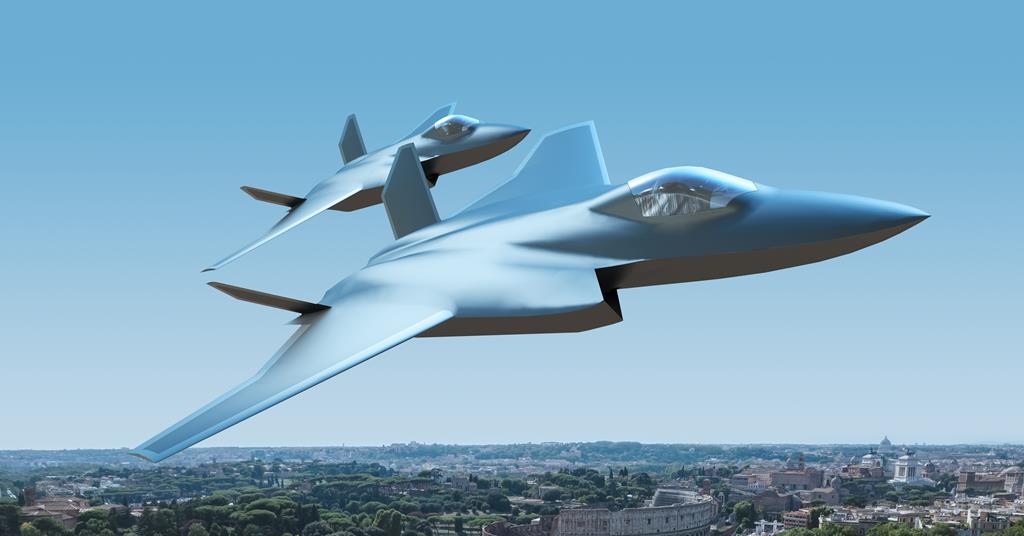
I think you're right, but I also think that's going to bite them in the ass, because SAAB won't be able to design new planes after this. Won't have any experience in 5th/6th gen aircraft at all.I supose that Sweeden generally want to keep their home grown fighter business going for as long as possible without joining GCAP or the French/German FCAS, so that they can then decide to replace the Gripen E in the future with either GCAP or FCAS once the two 6th generation fighters enter service.
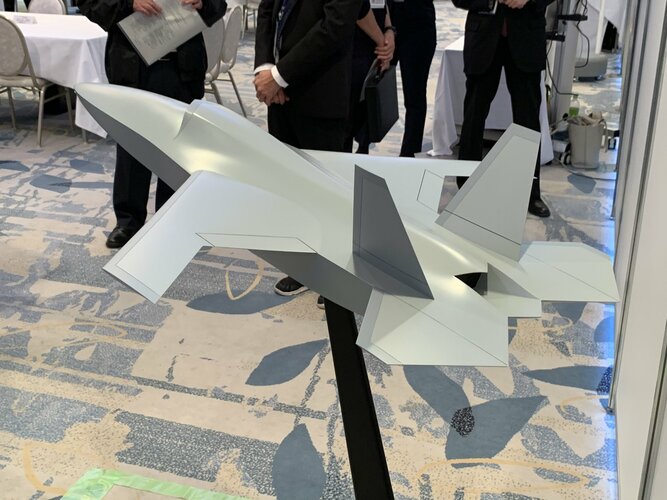
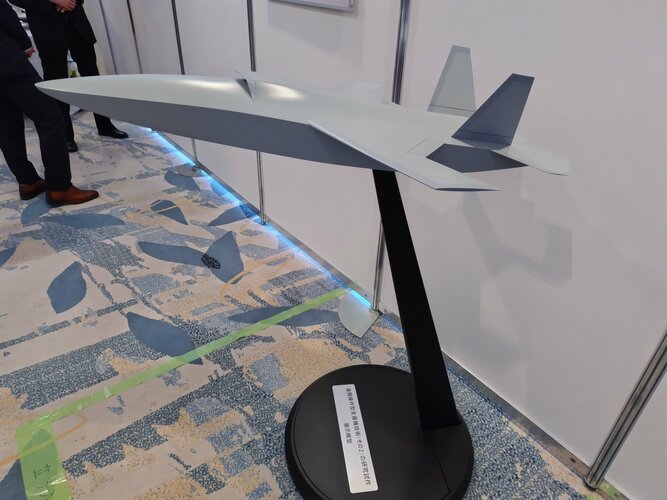
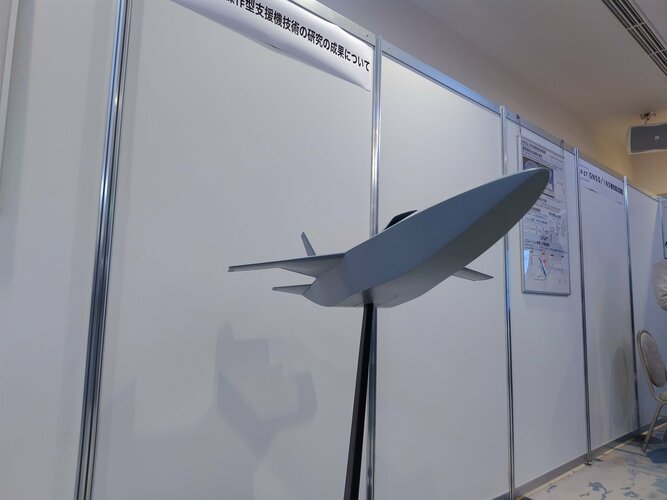
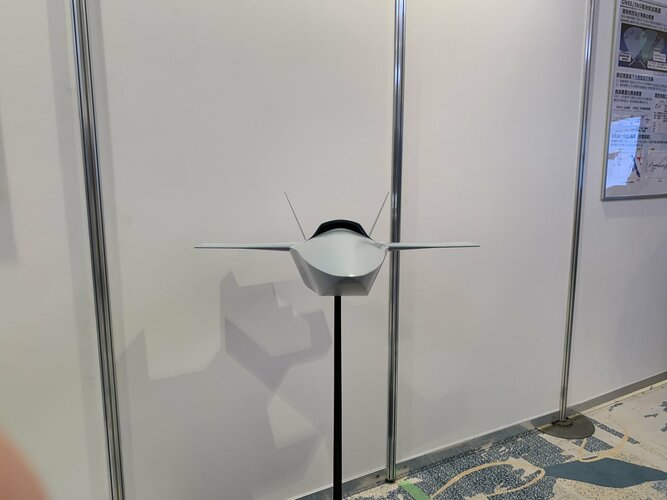
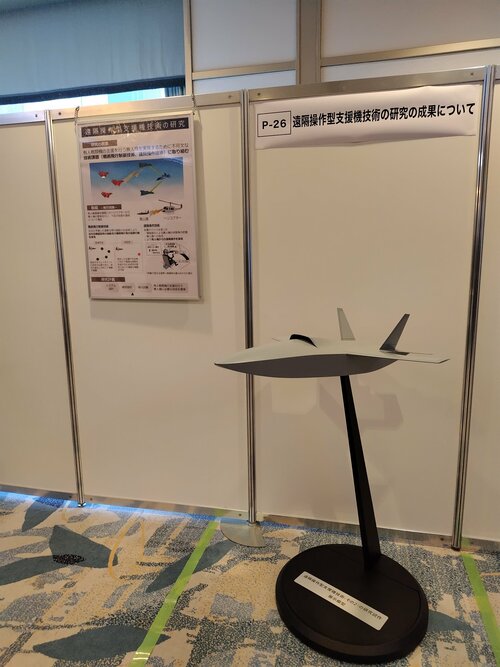
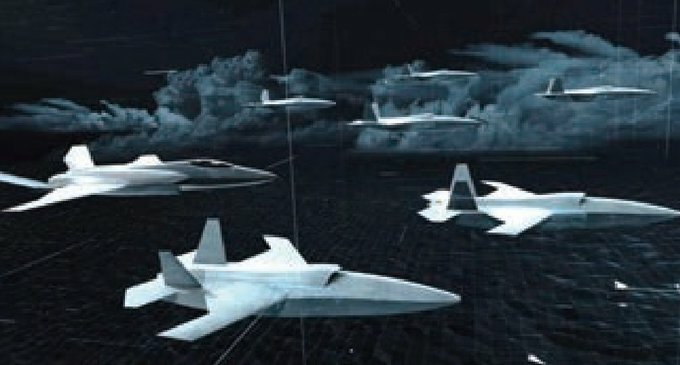
Or it's feeding sensor data to the helo, my Japanese isn't up to the task.Does it really display an engagement guided from a Helo?!
Thank you!The Helicopter is labelled 'Helicopter' and on the bullet point list on the left it says
"Test Initiative - We conducted a test control from a helicopter simulating a manned fighter and the linkages worked" I think its referring to radio relay as at the bottom right where the picture of the guy with a joystick is it describes the drone as being remote controlled from the ground.
At the bottom is a timeline titled 'Research Plan' first box is 'system design', then 'detail design' (and the arrow is pointing near the end of this box) 3rd box is 'flight test' and final box is 'Acquiring the necessary technology for unmanned aircraft to support manned aircraft'.
